

Religious and Cultural Structure
Chieftaincy
The Municipality has two paramount traditional areas which are Awutu and Senya. The other towns such as Bawjiase, Bontrase, Obrachere, among others have Chiefs who oversee the traditional administration of their respective areas. They all however pay allegiance to either of the two paramount chiefs. There are also settler communities who pay allegiance to the paramount chief that gave out the land for their settlements.
Culture and Ethnicity
The indigenous people of Awutu and Senya are of the Guan ethnic stock in the District and celebrate the Akomase and Awubia Festivals. These two constitute the largest group in a region which is predominantly Akan in ethnicity. There are other settler ethnic groups including Gas, Akans, Ewes, Walas/Dagartis, Moshis and Basares. Indigenous Languages which are mainly spoken is Awutu while Akan and English are dominant languages used at centers of vibrant commerce.
The Awubia festival of the Awutus and the Akumasa festival of the Senya’s serve as annual avenues and occasions for unifying and deepen the unity of the two traditional areas.
The Awutus however do not cultivate groundnuts (an important cash crop in Ghana) which is a taboo in Awutus. The taboo does not mean that the Awutus don’t eat groundnuts. It only affects the cultivation of the crop and not the consumption of it. The history behind is that, the seeds (groundnut) ever served as bullets for the Beraku’s when they run short of bullets during a war early in their history.
Secondly, keeping of dogs as pets or for any other reason is not allowed in Awutu. This is because their chief idol (Aprah Kojo) has dog as its guiding symbol going before it. This, to the people is a major setback to security when thieves and robbers abound.
The Senyas perform widowhood rites on spouses who have lost their partners and the widow must not engage in any business activity and is detrimental to development. They also performed Puberty rites for girls who are about to get married; “a good check” against promiscuity especially in the prevention of HIV/AIDs and other STIs even though some of the rituals such as stripping the girls’ half-naked, and smearing their body with palm oil is outmoded.
Religion The vast majority of the population is Christian dominated by Pentecostals, Adventists and Charismatics. Christian constitute 78.1 percent of the population while Muslims account for 6.3 percent of the population in the District. Followers of traditional African religions constitute 2.0 percent of the population. People who have no religious preferences or do not practice any religion are 10.2% of the population.
Source: 2010 Population Census Report.
Tourism
The Municipality is endowed with historical natural sites which would need some level of marketing and investment (Field Survey, 2014). A historical monument in Senya called the Good Hope Fort is located along the Gulf of Guinea. This fort which was built by the Dutch is considered the second Fort/Castle built in the central region of Ghana; second only to the Elmina Castle.
The Municipality is also blessed with an array of mountains and forests. These potential areas can be developed and marketed to generate the needed revenue for the District Assembly and the nation as a whole. Spots of forests in the hinterlands have some natural stone caved feature that needs development and promotion. The topography of the areas which come in the form of valleys and hills around the forests can also be developed by investors with artificial rivers and golf courses.
In the same regard, there is a long stretch of land along the Gulf of Guinea which can be developed into a beach resort with very beautiful landscapes.
Date Created : 10/24/2024 3:44:10 AM
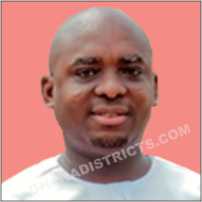

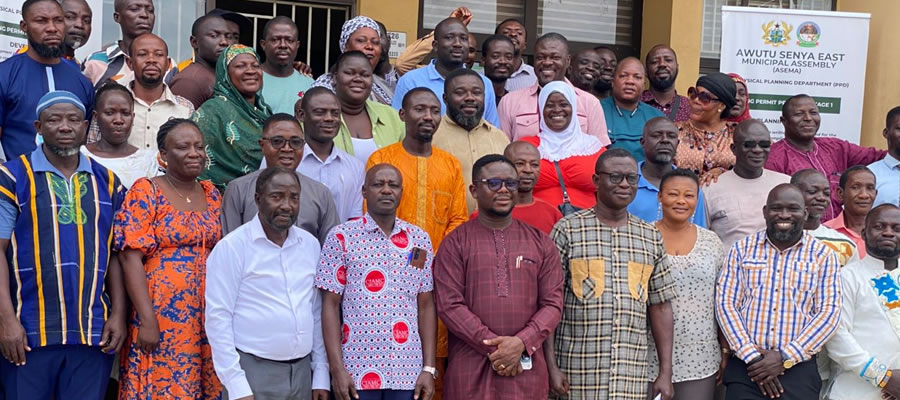
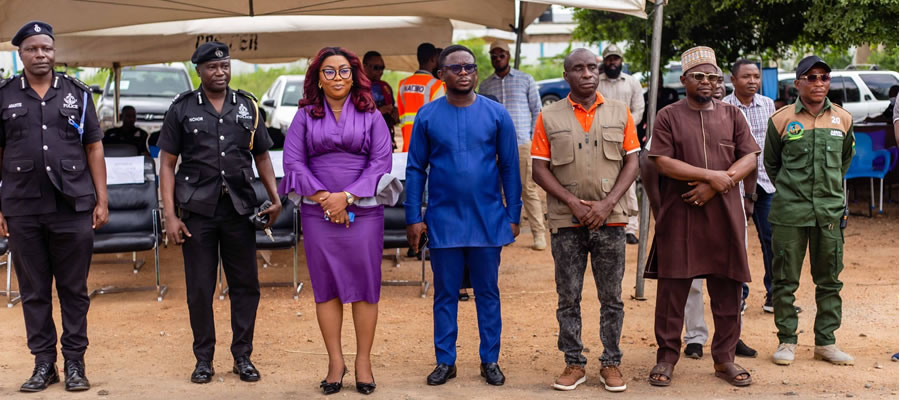
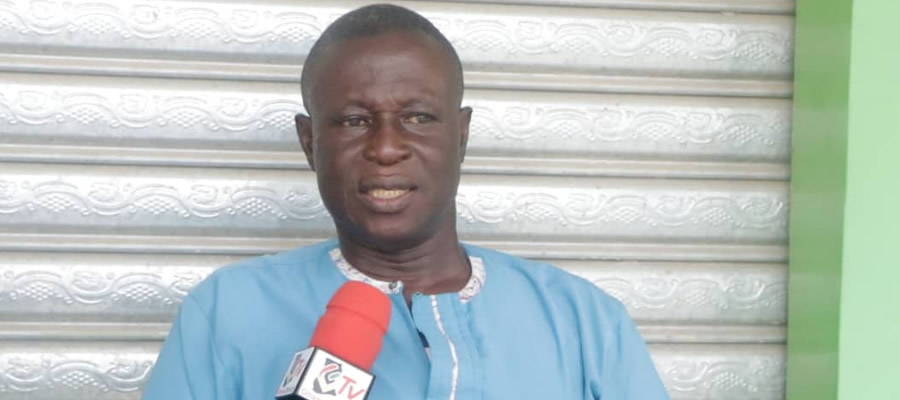
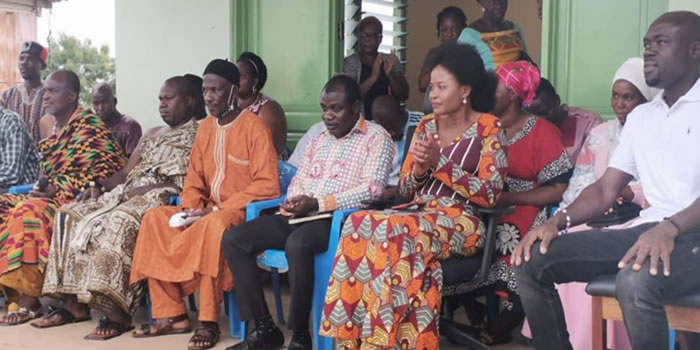





 facebook
facebook
 twitter
twitter
 Youtube
Youtube
 +233 593 831 280
+233 593 831 280 0800 430 430
0800 430 430 GPS: GE-231-4383
GPS: GE-231-4383 info@ghanadistricts.com
info@ghanadistricts.com Box GP1044, Accra, Ghana
Box GP1044, Accra, Ghana